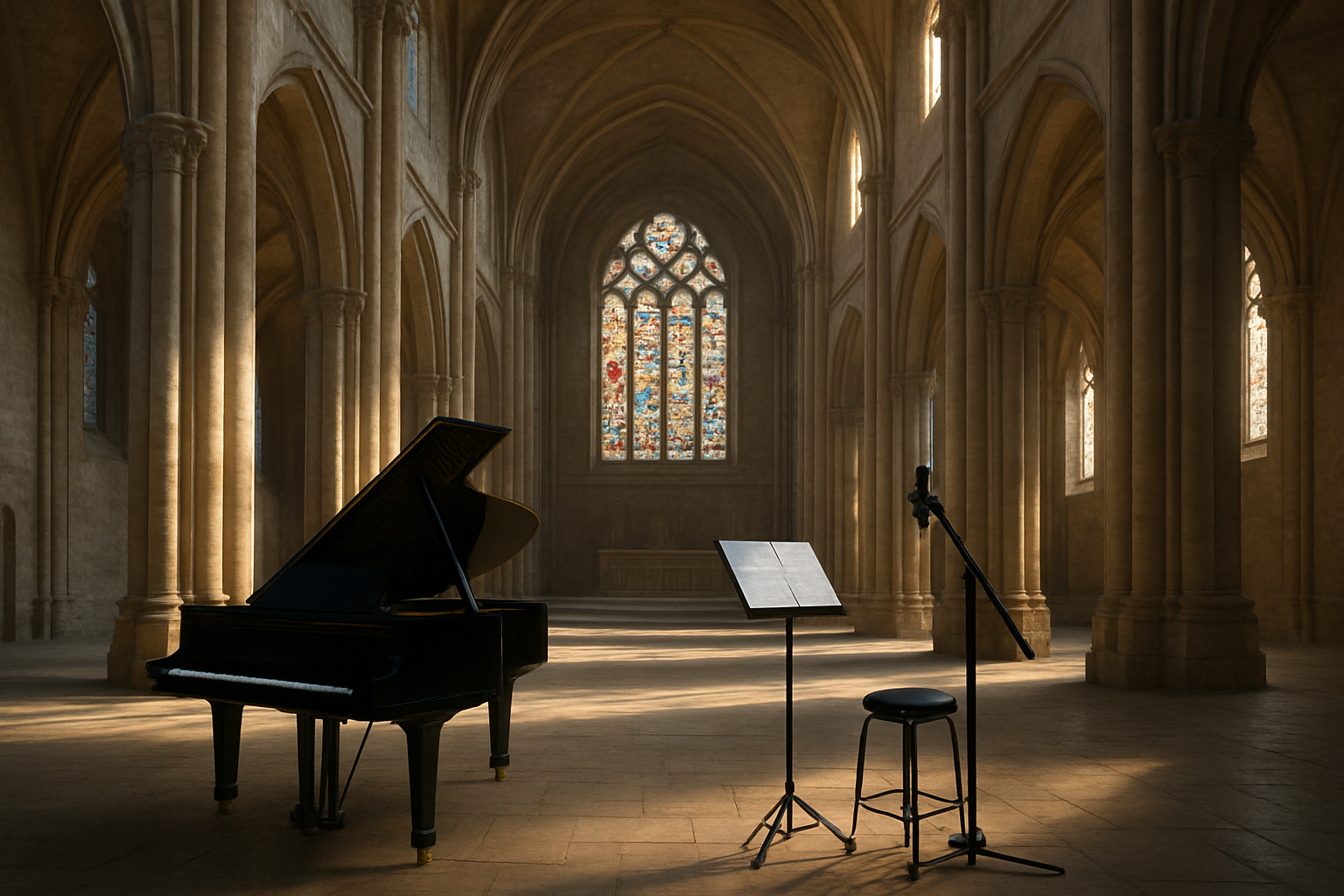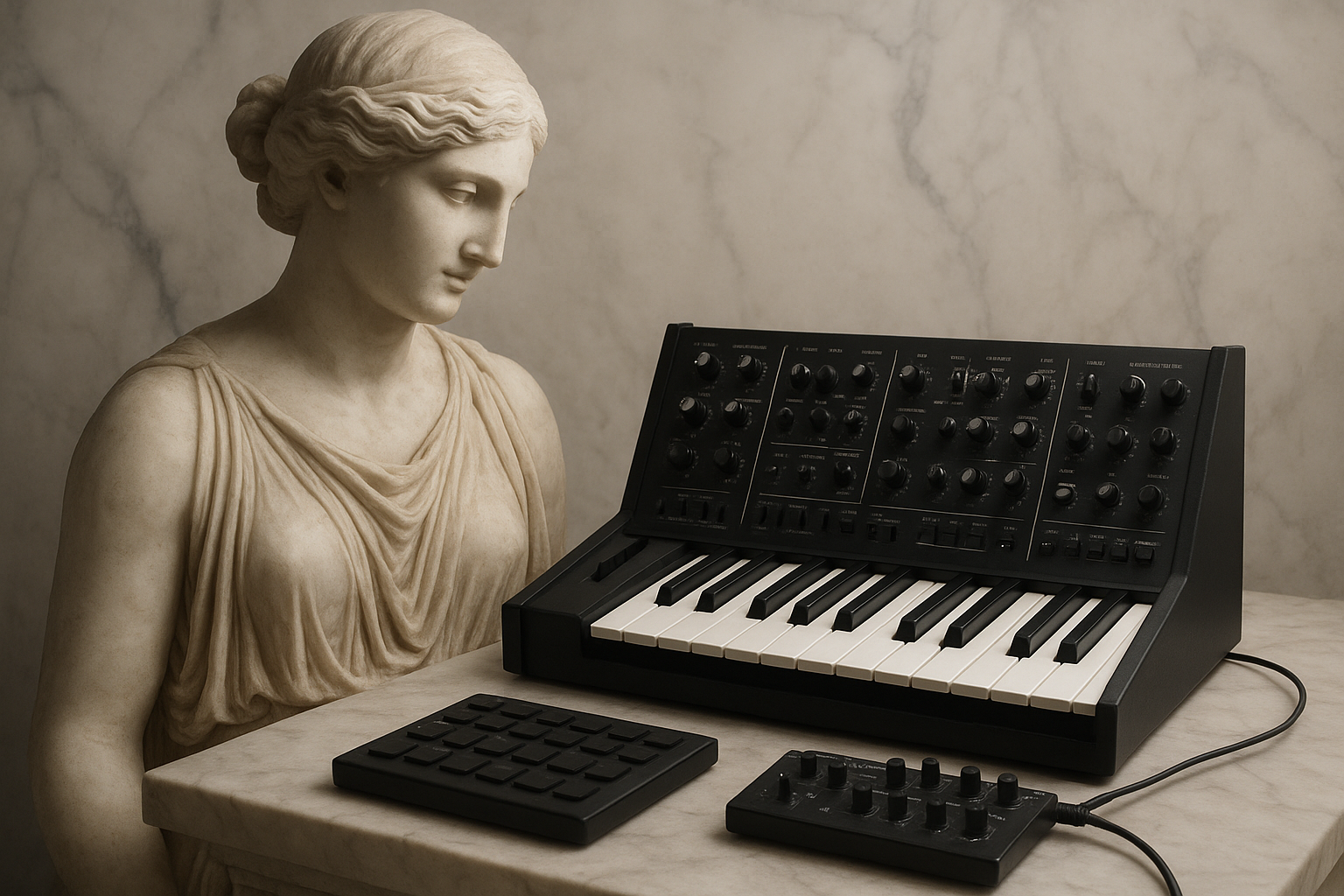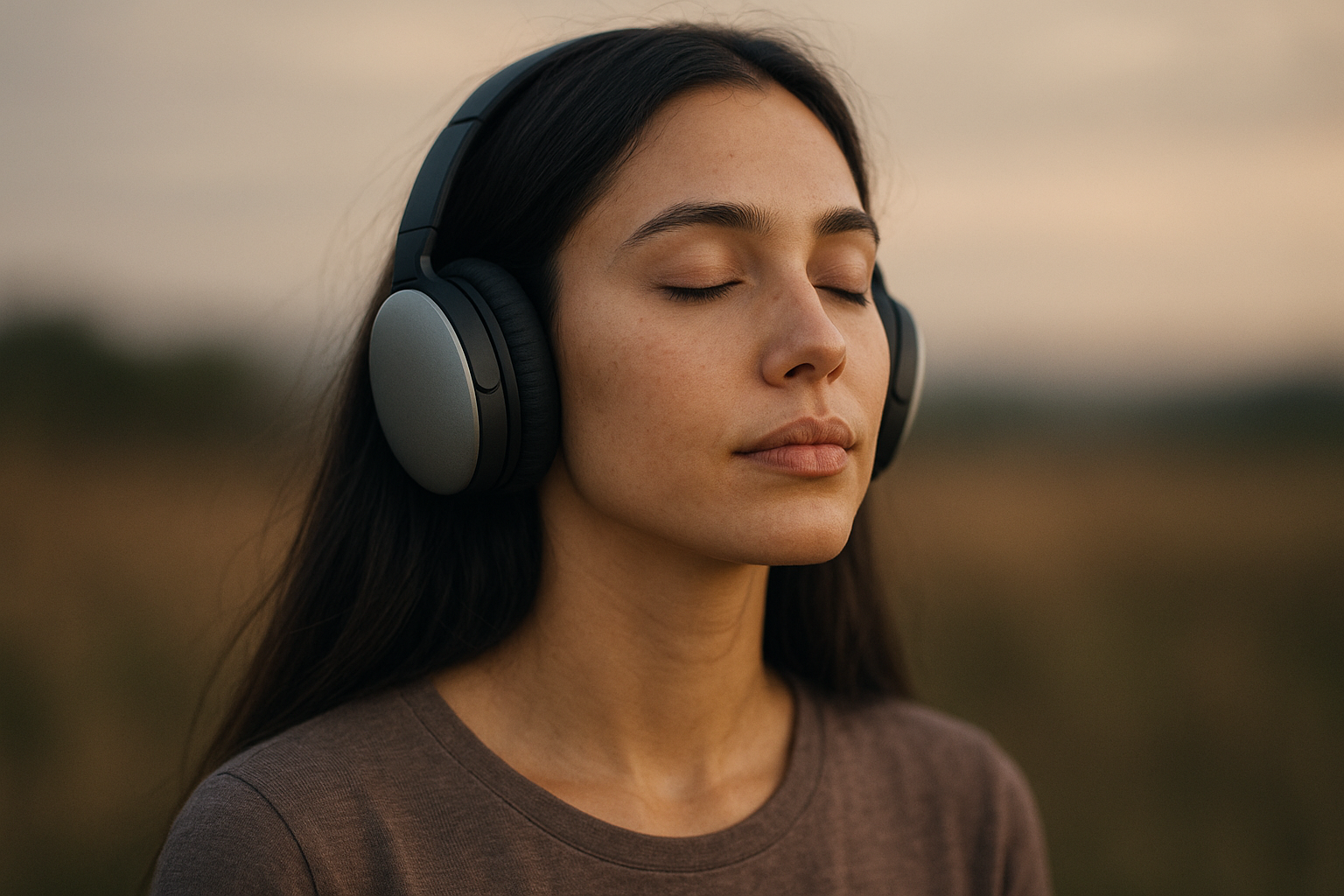The Intimate Orchestra: Small Motifs, Vast Emotional Worlds
The orchestra has long been a revered ensemble in the world of music, known for its rich tapestry of sound and grandiose compositions. Yet, in recent years, there has been a growing recognition of the power held within smaller orchestral groups that focus on intimacy and detail. These ensembles demonstrate that emotional resonance does not solely depend on size but on the subtle interplay between melody, harmony, and rhythm. This approach often uncovers emotional depths from seemingly minimal motifs.
The Power of Minimalism
“Music expresses that which cannot be said and on which it is impossible to be silent.” – Victor Hugo
Minimalist music, characterized by its use of repetition and simple motifs, plays a significant role in these smaller orchestras. Composers such as Philip Glass and Steve Reich have demonstrated that minimalism can evoke as much, if not more, emotional power than grand symphonic works. The beauty lies in crafting an intricate world from the repetition of a single note or a simple chord progression, showcasing that less can indeed be more.
- Philip Glass: Known for works that unfold seamlessly through repetitive structures, Glass challenges listeners to find beauty in the interstices.
- Steve Reich: His “Music for 18 Musicians” is a testament to how patterns can develop organically, morphing subtly to maintain the listener’s interest.
Nuance Through Texture
Smaller orchestras with adept musicians can wield their instruments as a painter uses colors—blending every note with precision. The richness comes not from the vastness but from the texture.
Consider the Kronos Quartet, which has pushed boundaries by exploring not only classical compositions but also collaborations with artists across genres. Their work demonstrates how complex emotional landscapes can be painted with just four instruments. By focusing on the texture, nuances arise, allowing for a personalized emotional experience with every performance.
The Intimacy of Chamber Music
Chamber music has always been at the forefront of intimate orchestral settings. Composed for small groups of instruments, often with one performer per part, it encapsulates the essence of the intimate orchestra.
As seen in pieces like Schubert’s “Trout Quintet” or Beethoven’s string quartets, there’s an innate conversational element that emerges. This allows listeners to engage with music on a more personal level. The subtle shifts in dynamics or tempo, which might be swallowed by a larger ensemble, are given room to breathe, fostering a deep connection between musician and audience.
Contemporary Echoes
Today, composers and musicians continue to venture into new territories, exploring the emotional power vested in smaller motifs. Max Richter, with his piece “Sleep”, invites listeners into an evolving world where simplicity reigns yet evokes profound emotional responses. His work combines traditional orchestration with modern technology, emphasizing that the heart of the music rests not on grandiosity but on sentiment.
As NPR highlights, the simplicity in Richter’s score creates an enveloping atmosphere, offering solace and introspection—qualities that grand compositions strive but sometimes struggle to achieve.
Reflecting Human Emotion
These intimate orchestrations are not just artistic choices but reflections of the human condition in its myriad forms. In the chaos and noise of modern life, there is a growing appreciation for spaces where one can pause, reflect, and find meaning in the quiet.
The resurgence of interest in smaller orchestras and minimalist compositions mirrors society’s quest for connection and authenticity amidst overwhelming stimuli. It’s a reminder that some of the most profound stories are told not through sweeping gestures and boisterous declarations but through whispers and silence.
Conclusion
The allure of the intimate orchestra lies in its ability to create vast emotional worlds from seemingly minute beginnings. Smaller ensembles, through focused attention on detail and restraint, can evoke potent feelings that resonate long after the final note has faded. These musical experiences remind us that within the micro lies the macro, and in intimacy, there is profundity.
As these orchestras continue to explore the rich tapestry of human emotion, they remind us that while the world may be vast, its true beauty often lies in the smaller, cherished moments we can hold close.









